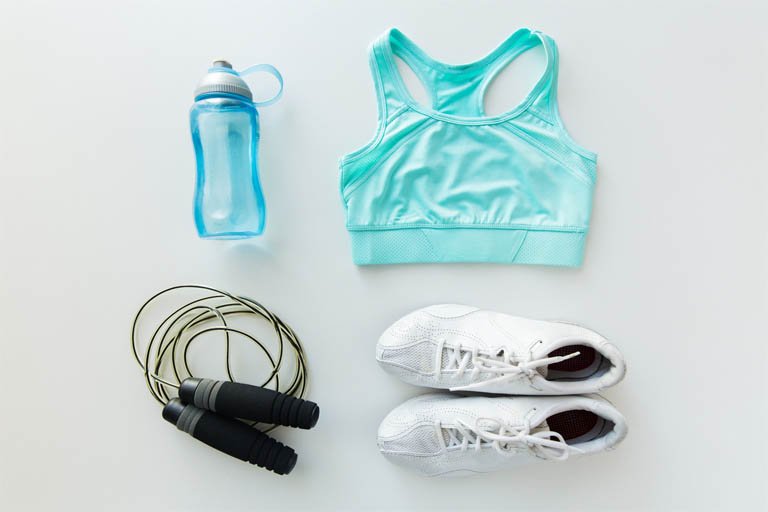Introduction
Physical activity is on the rise, thanks to the fast pace of modern living and increased health awareness. Exercise is good for you, but it can be challenging, especially when it comes to hygiene. Fabrics that are worn near the skin or exposed to sweat may easily breed bacteria. This can lead to irritation and even infection. Many sportswear brands incorporate antibacterial agents in their fabrics to improve comfort and hygiene. These agents are especially popular because they are safe, durable, and have broad spectrum antimicrobial properties.
Why do sportswear fabrics need antibacterial treatment?
Sportswear that is functional, such as yoga pants, compression wear and quick-dry t-shirts, share some common features:
- Close contact with skin: These garments can cause acne, dermatitis or allergic reactions.
- Frequent Sweat Exposure Sweat contains oils, proteins, and other nutrients which promote rapid growth of harmful bacteria like Staphylococcus Aureus, and Escherichia Coli.
- Frequent Washing: The frequent washing of sportswear and the physical stress it is subjected to can lead to traditional organic antibacterial treatment losing their effectiveness.
For sportswear to maintain performance and hygiene, it is essential that the antibacterial solution be durable, safe, and robust.
Inorganic Metal Ion Antibacterial Agents: Key Benefits
Inorganic metal ion technologies stand out among other antibacterial technologies due to their high structural stability and antimicrobial performance. They have the following main advantages:
1. Broad-Spectrum Antimicrobial Efficacy
The silver ions, zinc ions and copper ions work by interfering in enzyme activity and DNA reproduction. This effectively kills or inhibits a variety of microorganisms. ISO 20743 tests have revealed antibacterial rates exceeding 99.9% for E. coli, S. Aureus and certain fungi.
2. High Thermal and UV Stability
Inorganic metal ions, unlike many organic agents can withstand high temperature–often exceeding 200degC. This makes them suitable for harsh treatment and frequent washing. These metal ions also have a high UV resistance which makes them ideal for outdoor sportswear.
3. Safety and Biocompatibility
They are non-toxic and non-volatile, so they can be used directly on the skin. The majority of formulations comply with international safety standards, such as OEKOTEX(r), Standard 100 and REACH. They are non-sensitizing, and can be worn for extended periods of time in humid and hot conditions.
4. Excellent Wash Durability
Fabrics treated with inorganic agents are able to retain their antimicrobial properties after 50-100 washing cycles. This is far superior to most organic counterparts.
Applicable Methods: Fiber to Fabric
Sportswear can incorporate inorganic metal ion agents that are antibacterial using a variety of techniques.
1. Dope Dyeing (In-Fiber Incorporation)
This method involves mixing antibacterial masterbatches with polymer resins, such as polyester or nylon, before extrusion. This method ensures that the antibacterial agent is distributed uniformly throughout the fiber to provide durable and deep-seated antimicrobial protection. This is the ideal way to produce functional fibers for tight-fitting sportswear or base layers.
2. After-finishing treatment
The antibacterial agent (e.g. silver ion finishing agent) is applied via coating, spraying or padding to natural fibers such as cotton or viscose. This is followed by heating to cure the particles. This method is used to maintain a soft feel and is often found in T-shirts and towels.
3. Surface activation by Plasma
The fabric can be modified using plasma technology, which introduces active sites that will strengthen the bonding of metals ions. This improves the adhesion of the antibacterial layer and its durability. It is especially effective on high-performance outdoor sporting gear.
Tests and Standardization
The following international standards are commonly used to validate antibacterial performance:
- ISO 20743 : Measures the antibacterial activity (A) value of fabrics. An A-value of >=3 indicates a reduction in bacteria >=99.9%.
- AATCC 100 & AATCC 147 : Test bacteriostatic and bactericidal performances against S. AATCC 100 & AATCC 147: Assess bacteriostatic and bactericidal performance against S. Quantitative and qualitative methods are used to study E.coli and Aureus.
- JIS 1902 is widely used on the Asian market for evaluating antimicrobial properties.
- Wash durability tests: Simulate repeated washing (30, 50 or even 100 cycles), and assess the retention antibacterial efficacy after wash.
The conclusion of the article is:
Antibacterial properties have become increasingly important in sportswear as consumers place an increasing emphasis on cleanliness, health and comfort. With their superior safety and heat resistance, as well as long-term efficacy and a broad antimicrobial range, inorganic metal ion agents are paving the way for fabric innovation. These agents will play a greater role as functional textile technologies evolve. They are expected to deliver hygienic and long-lasting performance to sports and activewear. These smart materials can help you maintain a healthy lifestyle, whether you are an athlete or just a fitness enthusiast.


-300x210.jpg)
